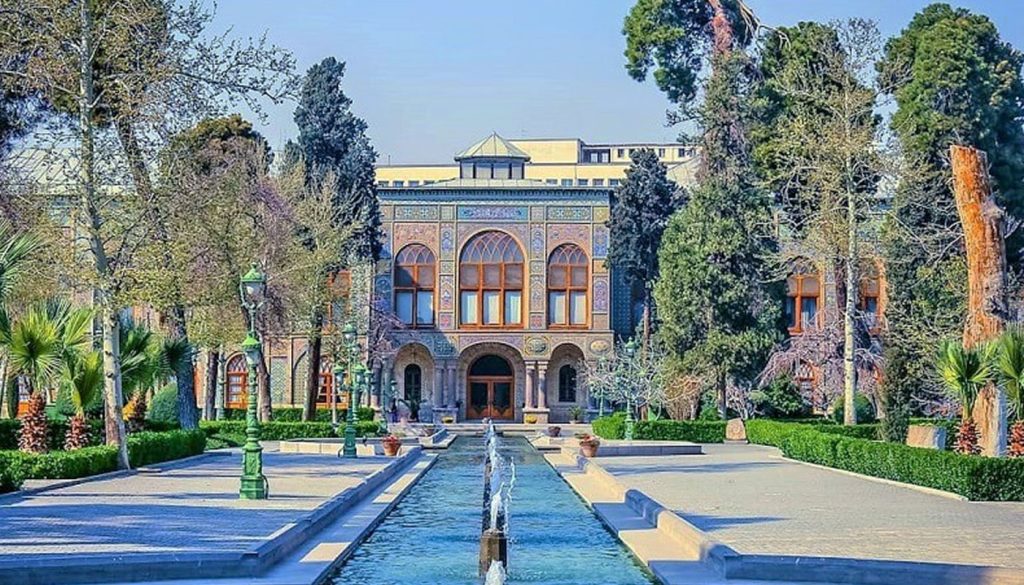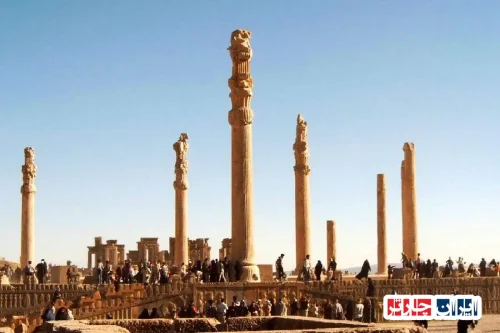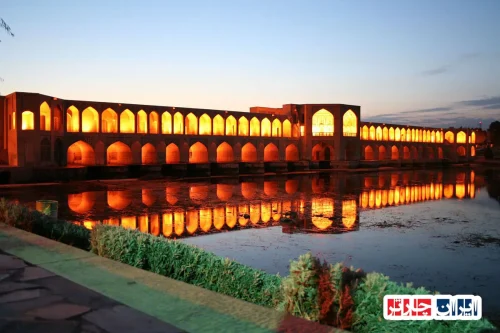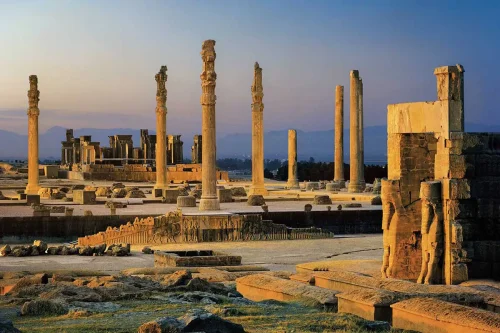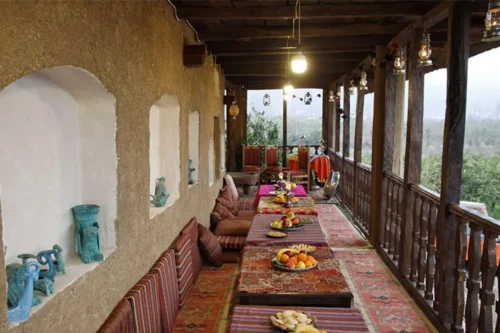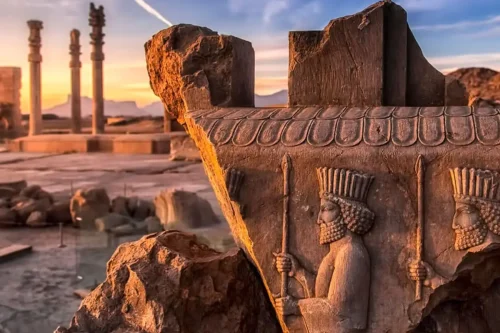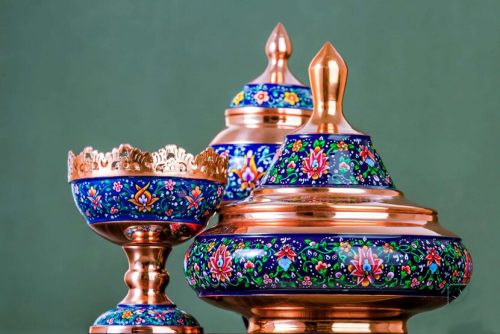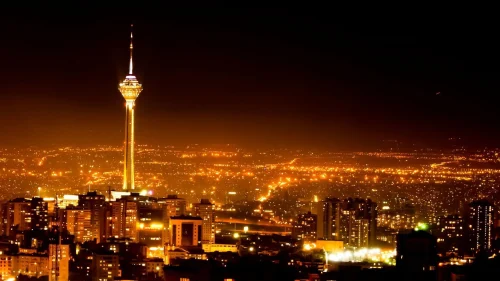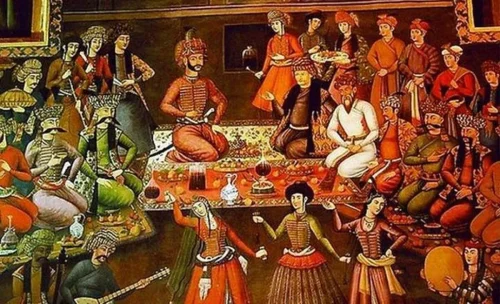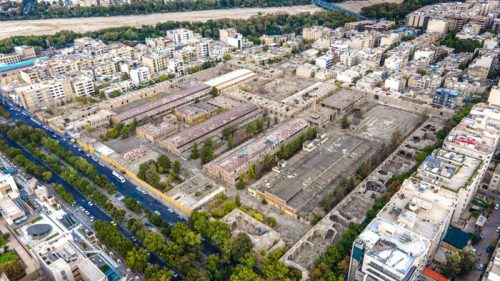News Source : https://www.irna.ir/news/85684317/%D8%B3%D9%86%D8%AF-%D9%85%D8%A7%D9%84%DA%A9%DB%8C%D8%AA-%DA%A9%D8%A7%D8%AE-%DA%AF%D9%84%D8%B3%D8%AA%D8%A7%D9%86-%D8%B5%D8%A7%D8%AF%D8%B1-%D8%B4%D8%AF
Ownership Deed for Golestan Palace Issued
On December 10, 2024, the judiciary announced that the ownership deed for Golestan Palace has been issued after 89 years to the Cultural Heritage, Tourism, and Handicrafts Organization. This document marks the completion of the ownership process for Golestan Palace, a part of the historical complex of Tehran. Issuing this document finalizes the legal ownership status of the Golestan Palace. Moreover, the ownership deed for Golestan Palace has been issued as a testament to the ongoing efforts to preserve and maintain the country’s cultural heritage. Finally, the ownership deed for Golestan Palace has been issued is considered a significant step in the protection of historical and cultural monuments in the country.
Completion of the Golestan Palace Ownership Document Issuance Process
After 89 years since the commencement of the ownership process, the ownership document for the Golestan Palace has been issued. This action was conducted by the Molavi Registry Office on behalf of the Cultural Heritage, Tourism and Handicrafts Organization. This document signifies the conclusion of a long period of legal efforts to preserve and maintain this historical monument.
Importance of Issuing the Ownership Document for Golestan Palace for Iran’s Cultural Heritage
The issuance of the Golestan Palace ownership document holds significant importance for the preservation of Iran’s cultural heritage. This document acts as a guarantee for the protection of this historical monument against any destruction or inappropriate exploitation. Moreover, it represents the government’s commitment to preserving and enhancing the nation’s cultural heritage.
Legal Process of Issuing the Golestan Palace Ownership Document
The legal process of issuing the Golestan Palace ownership document involved various stages, including legal reviews, technical evaluations, and final approval by the relevant authorities. These stages were conducted meticulously and in compliance with current laws and regulations to ensure the document’s validity and legality.
Impact of the Golestan Palace Ownership Document Issuance on Tehran’s Tourism
The issuance of the Golestan Palace ownership document has had a positive impact on Tehran’s tourism. This action increases the confidence of both domestic and international tourists in visiting this historical site and can contribute to the development of cultural tourism in Tehran.
Extraction and Preservation of Documentation Related to the Golestan Palace Ownership Document
With the issuance of the Golestan Palace ownership document, a collection of related documents has been meticulously extracted and preserved. These documents include architectural plans, historical documents, and legal papers essential for the future preservation and restoration of Golestan Palace.
Future Plans Following the Issuance of the Golestan Palace Ownership Document
Following the issuance of the Golestan Palace ownership document, numerous plans have been put in place for the preservation and enhancement of this historical monument. These plans include necessary restorations, improvement of tourism infrastructure, and the hosting of cultural events to introduce Golestan Palace as one of Tehran’s prominent attractions.
Collaboration of Various Organizations in Issuing the Golestan Palace Ownership Document
The issuance of the Golestan Palace ownership document is the result of close collaboration between various organizations, including the judiciary, the Registry Office, and cultural heritage officials. These collaborations played a crucial role in achieving the ultimate goal of preserving and maintaining Golestan Palace.
History and Historical Significance of Golestan Palace
Golestan Palace is one of Iran’s historical and cultural symbols. With a long history and beautiful architecture, this palace is recognized as a symbol of the Qajar era. The issuance of the ownership document highlights this site’s historical significance and preserves it as one of the country’s cultural heritages.
Challenges and Opportunities Related to the Issuance of the Golestan Palace Ownership Document
The issuance of the Golestan Palace ownership document comes with numerous challenges and opportunities. Challenges include the need for financial resources for restoration and maintenance, while opportunities encompass increased tourism and job creation in fields related to cultural heritage.
FAQ
- Which organization issued the Golestan Palace ownership document?
- The Golestan Palace ownership document was issued by the Molavi Registry Office on behalf of the Cultural Heritage, Tourism and Handicrafts Organization.
- What is the area of Golestan Palace?
- The area of Golestan Palace is 50,000 square meters.
- How long did the ownership process of Golestan Palace take?
- The ownership process of Golestan Palace took 89 years.
- What was Golestan Palace known as before?
- Previously, Golestan Palace was known as the ‘Royal Citadel of Tehran’.
- Where does the name ‘Golestan’ originate from?
- The name ‘Golestan’ originates from a hall within the current Golestan Palace premises, attributed to the time of Fath-Ali Shah Qajar.
- How was Golestan Palace referred to during Nasser al-Din Shah’s era?
- During the era of Nasser al-Din Shah, the Golestan Hall was referred to as the ‘Blessed Buildings of Golestan’.
- What was Golestan Palace known as during Mozaffar-e-din Shah’s time?
- During Mozaffar-e-din Shah’s era, Golestan Palace was officially known as the ‘Golestan Palace’.
- When was Golestan Palace added to the UNESCO World Heritage List?
- Golestan Palace was added to the UNESCO World Heritage List in July 2013.
- What historical site is Golestan Palace a part of in Tehran?
- Golestan Palace is part of Tehran’s historical precinct.
- How many years passed before the Golestan Palace ownership document was issued?
- The action of issuing the Golestan Palace ownership document was undertaken after 89 years.
- Which historical period influenced the present naming of Golestan Palace?
- The present naming of Golestan Palace is influenced by the era of Fath-Ali Shah Qajar, during which a hall within the area was situated.
- Which office issued the Golestan Palace ownership document?
- The Golestan Palace ownership document was issued by the Molavi Registry Office.
- What role has Golestan Palace played in Tehran’s history?
- Golestan Palace has been an integral part of Tehran’s historical precinct and is recognized as one of the city’s prominent historical landmarks.
- Which Shah referred to the Golestan Hall as the ‘Blessed Buildings of Golestan’?
- During the reign of Nasser al-Din Shah, the Golestan Hall was known as the ‘Blessed Buildings of Golestan’.
- What is the significance of Golestan Palace’s registration in the UNESCO World Heritage List?
- The registration of Golestan Palace in the UNESCO World Heritage List demonstrates the high historical and cultural value of this monument globally.
- What function did Golestan Palace serve during Mozaffar-e-din Shah’s era?
- During Mozaffar-e-din Shah’s era, Golestan Palace was officially used as the ‘Golestan Palace’.

